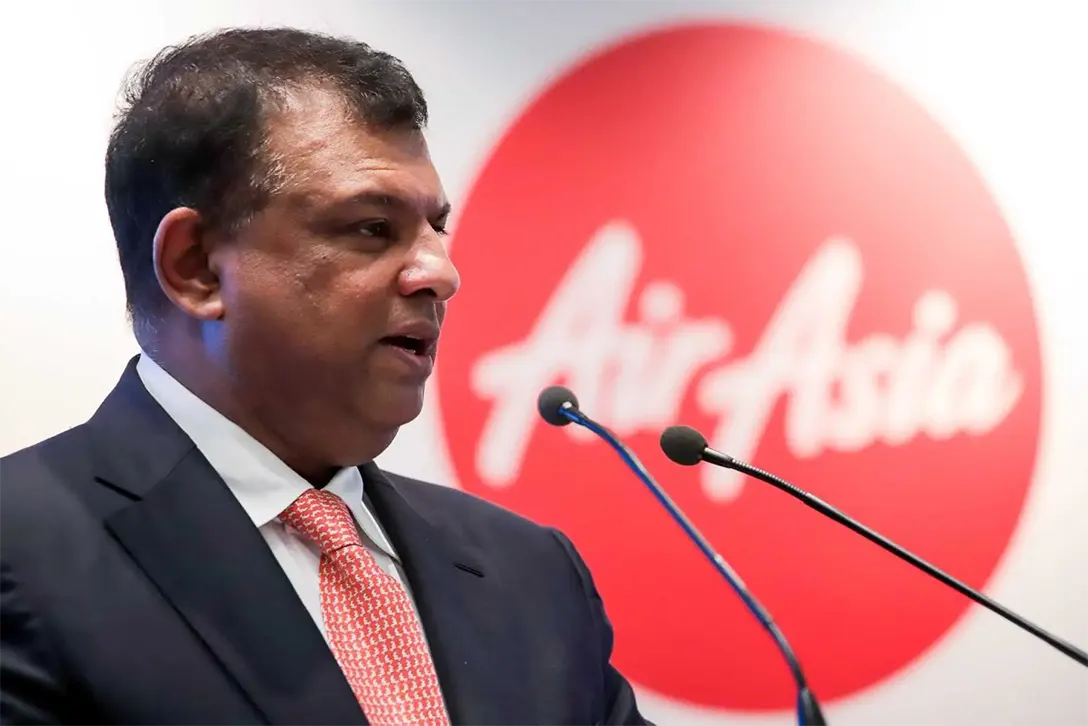8 December 2011
AirAsia Bhd has cannonaded Malaysia Airports Holdings Bhd (MAHB) over airport dispute like tax hike and the delay in completion of the klia2.
Why is AirAsia so "radical" all in a sudden?

In the past, AirAsia remained silent even when some Umno Members of the Parliament greatly criticised it. Today, AirAsia refuses to let the MAHB off while the latter has been responding mildly. Clearly, the situation has changed.
After the implementation of a share-swap plan between AirAsia and Malaysian Airlines Systems (MAS) to achieve the so-called win-win situation, they have stopped vicious competition. Today, MAS is relying on AirAsia to improve its financial position, highlighting the importance of AirAsia.
Khazanah Nasional Bhd is holding over 50% shares of MAS and the MAHB while the major shareholder of AirAsia, Tune Air Sdn Bhd, is holding 20.5% of MAS share. If we say that AirAsia and MAS has become brothers after the share-swap plan, AirAsia would then be distant relative to the MAHB.
Quarrels among relatives would eventually require an elder’s mediation. AirAsia is quarreling so loudly in the hope that the government would intervene to satisfy the company’s demands of the klia2.
AirAsia Bhd group chief executive officer Tan Sri Tony Fernandes fought to build a new low-cost carrier terminal (LCCT) costing RM1.6 billion in Labu, Negri Sembilan, but the government decided to build the klia2 near the KLIA in Sepang. This time, AirAsia is fighting for a greater respect to show its status in the domestic aviation industry.
For the public, it does not matter what they are quarreling about. The most important thing is, would it safeguard the interests of the country and the people?
First of all, why do we need to build a second international airport? Why is the cost surged from the estimated RM2 billion to RM3.9 billion?
Former Prime Minister Tun Dr Mahathir Mohamad decided to build the KLIA in Sepang because the Subang Airport could no longer bear the passenger traffic. Initially, the Subang Airport was planned to serve as a domestic airport but it is now neglected.
Again, they found that the low-cost carrier terminal (LCCT) could no longer bear the passenger load only a few years after the LCCT was put into operation. Moreover, the LCCT located 11km away from the KLIA was too far. Thus, they decided to build another terminal for low-cost carriers.
As a result, the earthworks of the klia2 increased 130.7% from an area of 4.85 million sq m to 11.19 million sq m, catering to up to 45 million passengers per year, instead of up to 30 million as in the original plan. It can almost replace the KLIA.
The question now is, after the Subang Airport and the LCCT, would the KLIA be the next to be abandoned? Who should be responsible for the money spent? If they were miscaculations in the past, then this time would be an over estimation. The KLIA and the klia2 would be catering 70 million passengers in total. The airport is indeed too big.
Just like other government projects, the klia2 is facing an overspending and a delay in completion date. When actually can all these be stopped?
Secondly, why is the contract inked between the government and the MAHB states that the government must pay a compensation of RM180 million a year if the airport tax is not raised? Since the MAHB is owned by the government, why should they sign such an unreasonable agreement?
Thirdly, there are interest relationships among AirAsia, MAS and the MAHB. How is the government going to ensure transparency in the operation of the aviation industry, including price hike and grounding control?
The entanglement in the aviation industry reflects an unhealthy trend and who will protect the interest of consumers in the future?
By LIM SUE GOANTranslated by Soong Phui JeeSin Chew Daily
Source: www.mysinchew.com
Site Search
Did you find what you are looking for? Try out the enhanced Google Search: